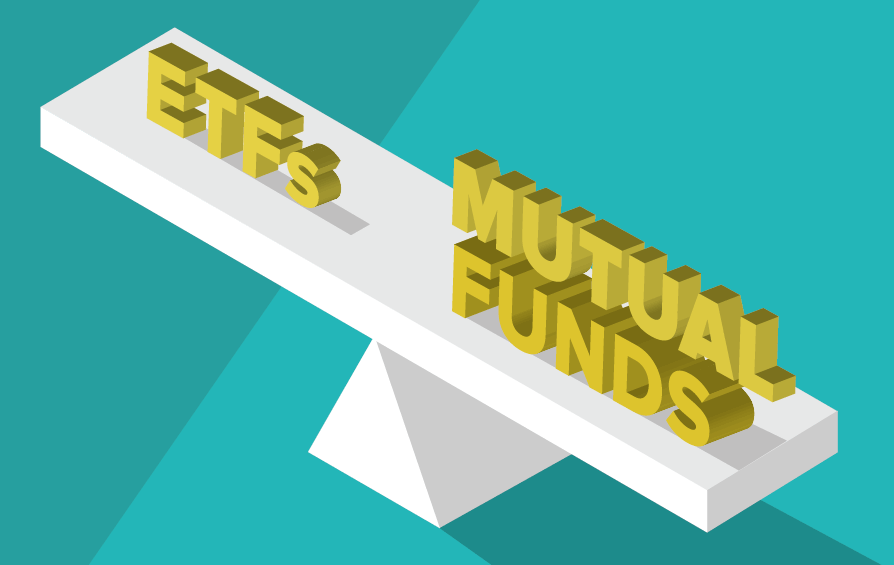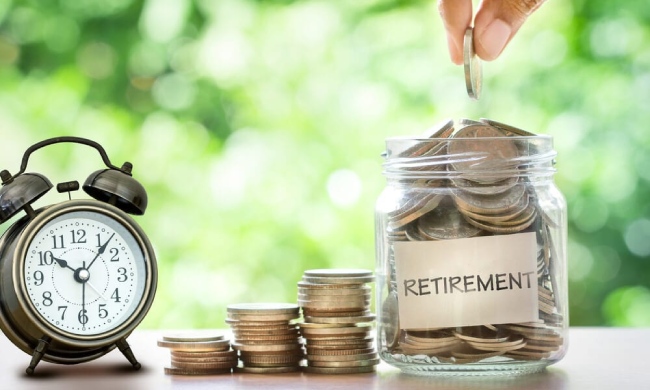Mutual Fund vs. ETF: What are Difference?
Mutual funds and exchange-traded funds (ETFs) are more similar than not.
They’re the two bins of numerous individual stocks, bonds, and other securities that assist spread with trip your interests in the stock market. Rather than hand-choosing particular resources all alone, you can utilize either sort of asset to quickly get hundreds, thousands, or a huge number of various stocks and bonds.
“Imagine going to a restaurant and wanting to try a little of everything on the menu. Instead of purchasing an individual dish, you decide to buy the sampler plate,” says Someone. “Mutual funds and ETFs are the sampler plates.”
Read on to get familiar with mutual funds and ETFs and how to choose which one is ideal for you.
Mutual Funds versus ETFs: Similarities and Differences
Financial backers love both mutual funds and ETFs as a result of the manner in which they spread out cash in the securities exchange. This brings down your dangers and keeps you from putting resources into only one stock, which can hurt you should that organization take a slump.
Only a few key differences set mutual funds and ETFs aside.
How they’re managed
The two ETFs and mutual funds can be index funds, which means they track the presentation of a specific market, or index. There are heaps of index funds, yet ones that mirror the S&P 500 (the 500 biggest public corporations in the U.S.) are regularly suggested.
The best ETFs are inactively overseen, which implies they track a particular index as opposed to have an asset administrator pick the stocks. These ETFs will have lower cost proportions, or expenses, and normally have no commissions, which make for master top choices. There is generally no base needed to begin contributing with ETFs, and ETFs likewise offer investors tax advantages.
On the other side, some mutual funds can be effectively overseen, generally by a record administrator. So the distinction here is it can cost more to purchase.
How they’re traded
Like stocks, ETFs are purchased and sold on a stock exchange. So ETFs see value vacillations continually for the duration of the day. Common asset arranges just go through one time per day, where purchasers and merchants get a similar cost.
“ETFs are purchased and traded like stocks which means you can purchase for the price of one share,” they says. “Mutual funds are purchased for a flat price. This can make purchasing ETFs more affordable.”
What they cost
ETFs by and large have lower expenses than mutual funds and lower least buys. “Returns might vary, however costs are more steady with ETFs,” says Someone, Certified Financial Planner and Lead Planner at Facet Wealth.
You can purchase an ETF for as little as the expense of one offer, and that cost fluctuates relying upon the ETF. For example, it very well may be a couple of dollars or two or three hundred dollars.
Numerous mutual funds have least starting ventures that aren’t founded on the asset’s portion cost. Recall common asset orders go through one time per day, so they have a level dollar sum.
At the point when You Can Buy Mutual Funds and ETFS
You can purchase mutual funds and ETFs through a bank, venture organization, reserve administrator, investment fund, or whatever other organization that purchases and sells them. In the event that you have effectively overseen accounts, you can contact your record chief with regards to purchasing explicit ones.
Do ETFS and Mutual Funds Pay Dividends?
Both mutual funds and ETFs have the ability to deliver out profits, yet it relies upon each asset.
In the event that a mutual funds or ETF has a stock or one more security that delivers its investors through profits, then, at that point, that mutual funds or ETF will repay profits to you, the financial backer. You can likewise acquire capital increases through a mutual funds or ETF.
Which One Is Safer?
Both mutual funds and ETFs are viewed as generally safe speculations contrasted with carefully selected stocks and bonds. While putting resources into general consistently conveys some degree of hazard, both mutual funds and ETFs convey about a similar level. It relies upon the individual mutual funds and ETF you’re putting resources into.
“Neither an ETF nor a mutual fund is safer simply due to its investment structure,” They says. “Instead, the ‘safety’ is determined by what the ETF or the mutual fund owns. A fund with a larger exposure to stocks is typically going to be riskier than a fund with a larger exposure to bonds.”
Since some shared assets can be effectively dealt with, there’s a possibility those assets can both beat and fail to meet expectations in the financial exchange, Paulino says.
Mutual Funds or ETFs: Which One Should You Choose?
The fund you pick relies upon many components, similar to the kind of financial backer you are, the fund, the sort of record you have, and your general methodology. Howerton says ETFs are an incredible spot to begin.
“Because of the much lower costs, ease of purchase, and tax efficiency, ETFs are hard to beat,” she says. The overhead on ETFs is much lower compared to mutual funds, which could be a deciding factor. Pay attention to expenses and fees as you’re choosing between mutual funds and ETFs. Every little charge adds up.
“A newbie investor should start off with passively managed mutual funds or ETFs that have low expense ratios,” They says. “Anything below 0.5% is great and keep in mind that some expense ratios can be as low as 0.02%. In order to reduce tax liability, they should start by investing in tax-advantaged accounts like a Roth IRA.”


